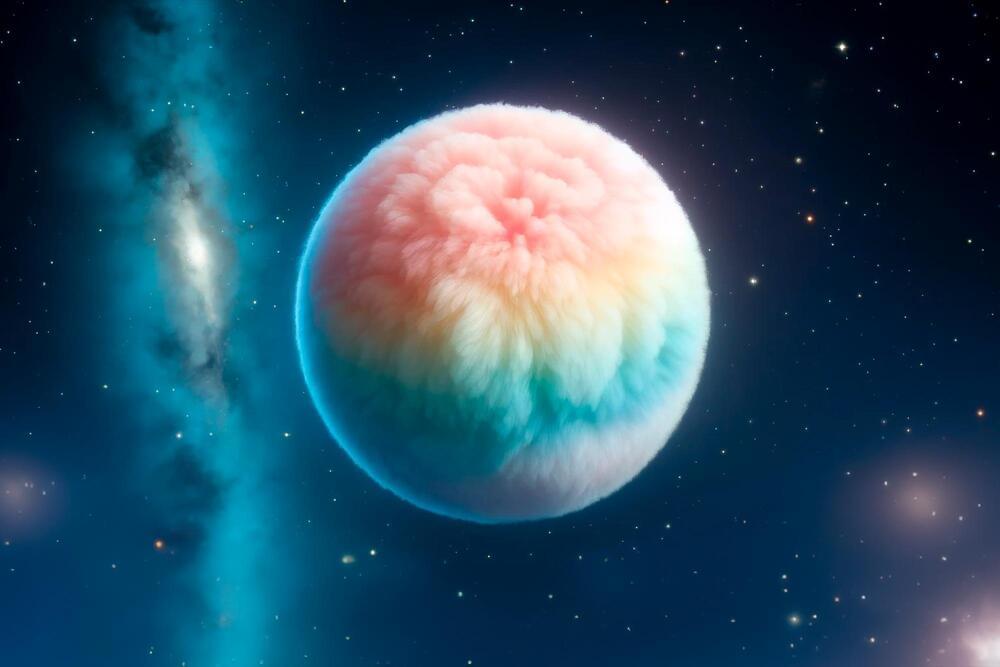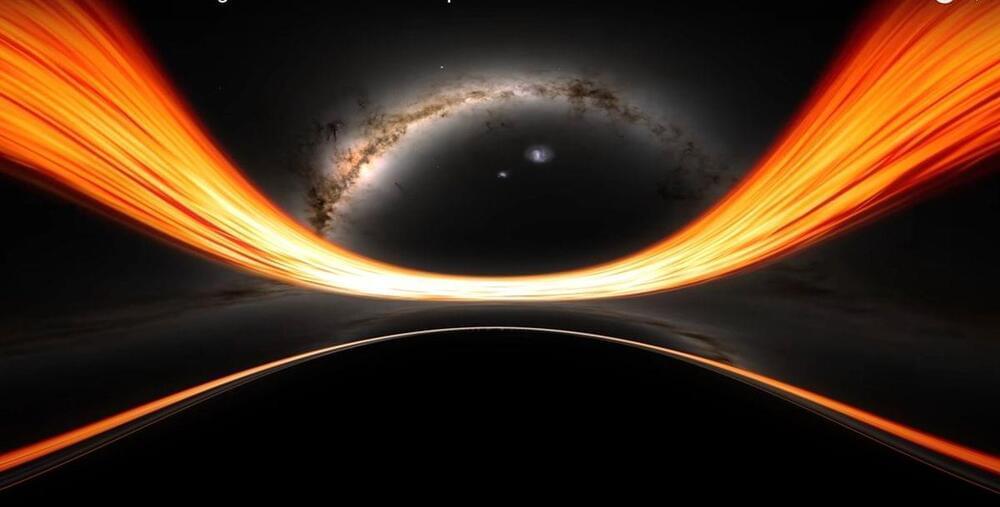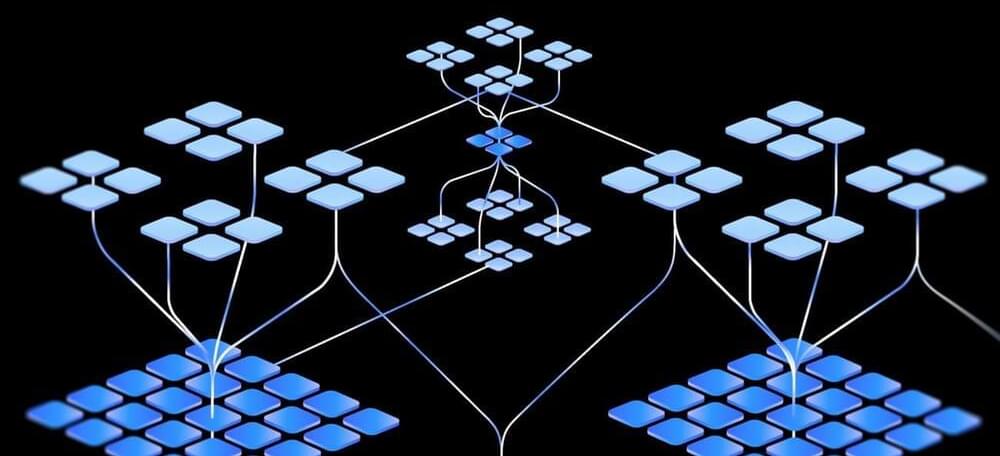May 16, 2024
Super Fluffy “Cotton Candy” Exoplanet Discovery Shocks Scientists — “We Cannot Explain How This Planet Formed”
Posted by Saúl Morales Rodriguéz in category: space
Astronomers have discovered an enormous, low-density planet named WASP-193b, which is 50% larger than Jupiter but has a cotton candy-like density. This finding challenges current planetary formation theories, as scientists cannot explain how such a planet could form.
Astronomers have discovered a huge, fluffy oddball of a planet orbiting a distant star in our Milky Way galaxy. The discovery, reported on May 14 in the journal Nature Astronomy by researchers from at MIT, the University of Liège in Belgium, and elsewhere, is a promising key to the mystery of how such giant, super-light planets form.
The new planet, named WASP-193b, appears to dwarf Jupiter in size, yet it is a fraction of its density. The scientists found that the gas giant is 50 percent bigger than Jupiter, and about a tenth as dense — an extremely low density, comparable to that of cotton candy.

















